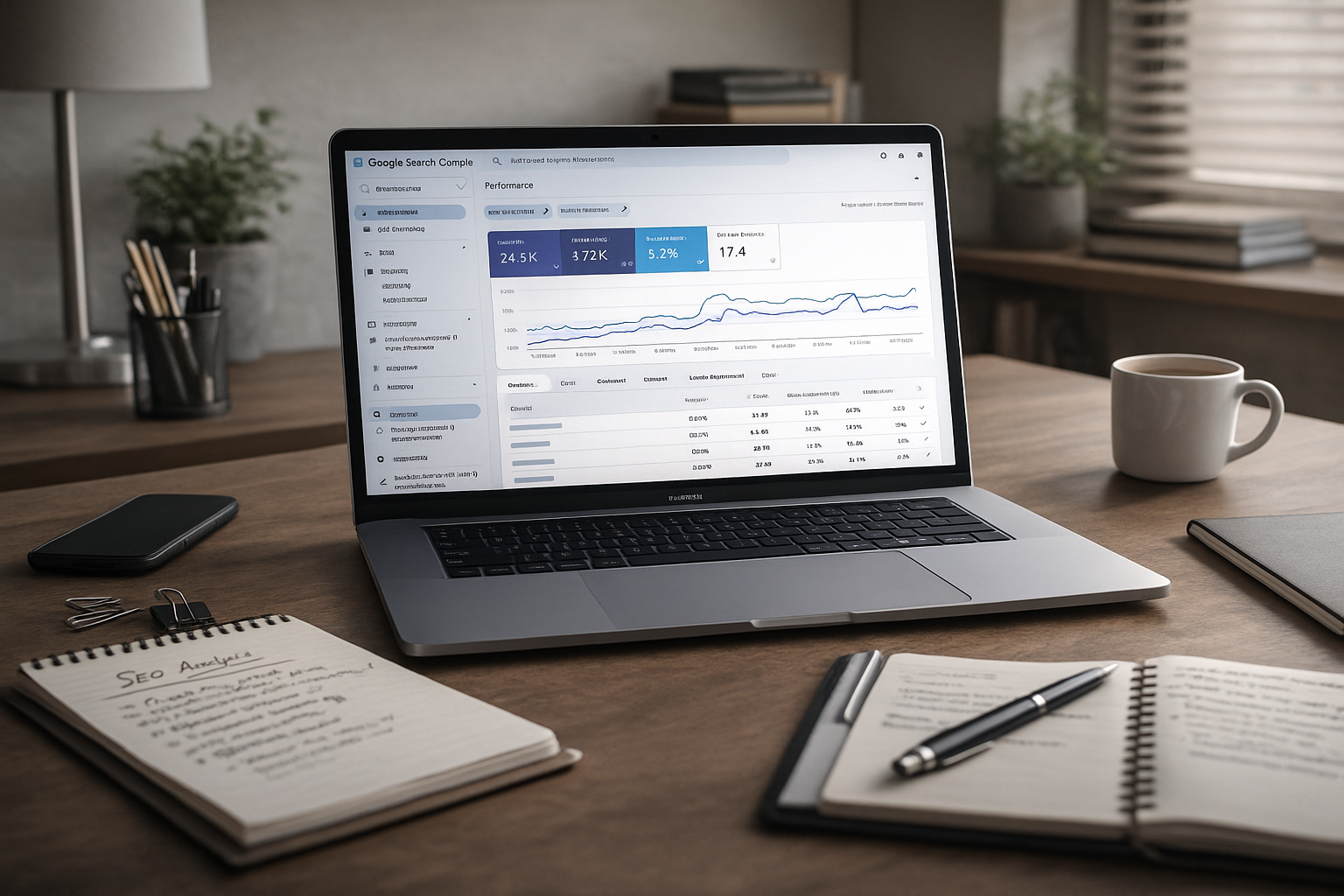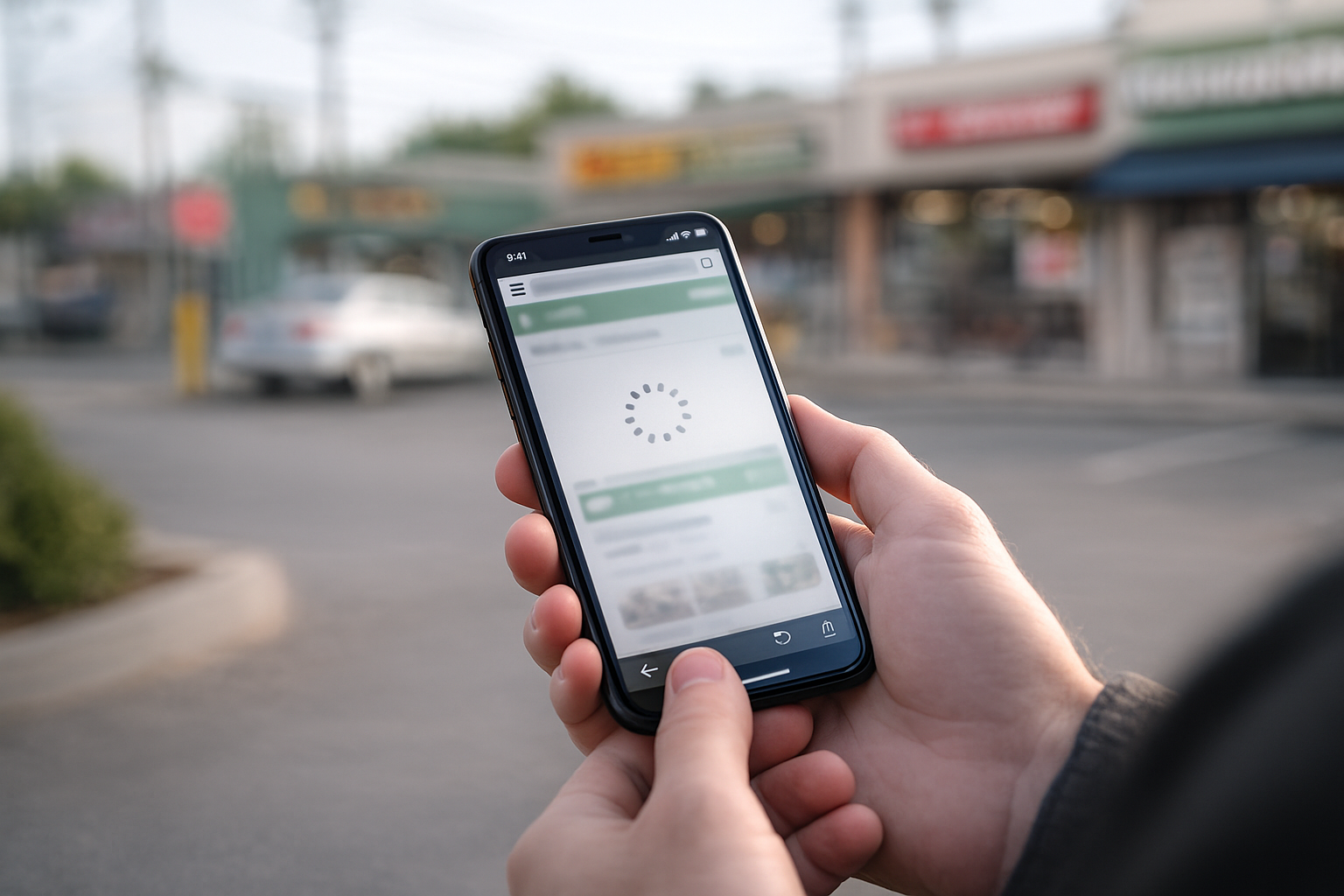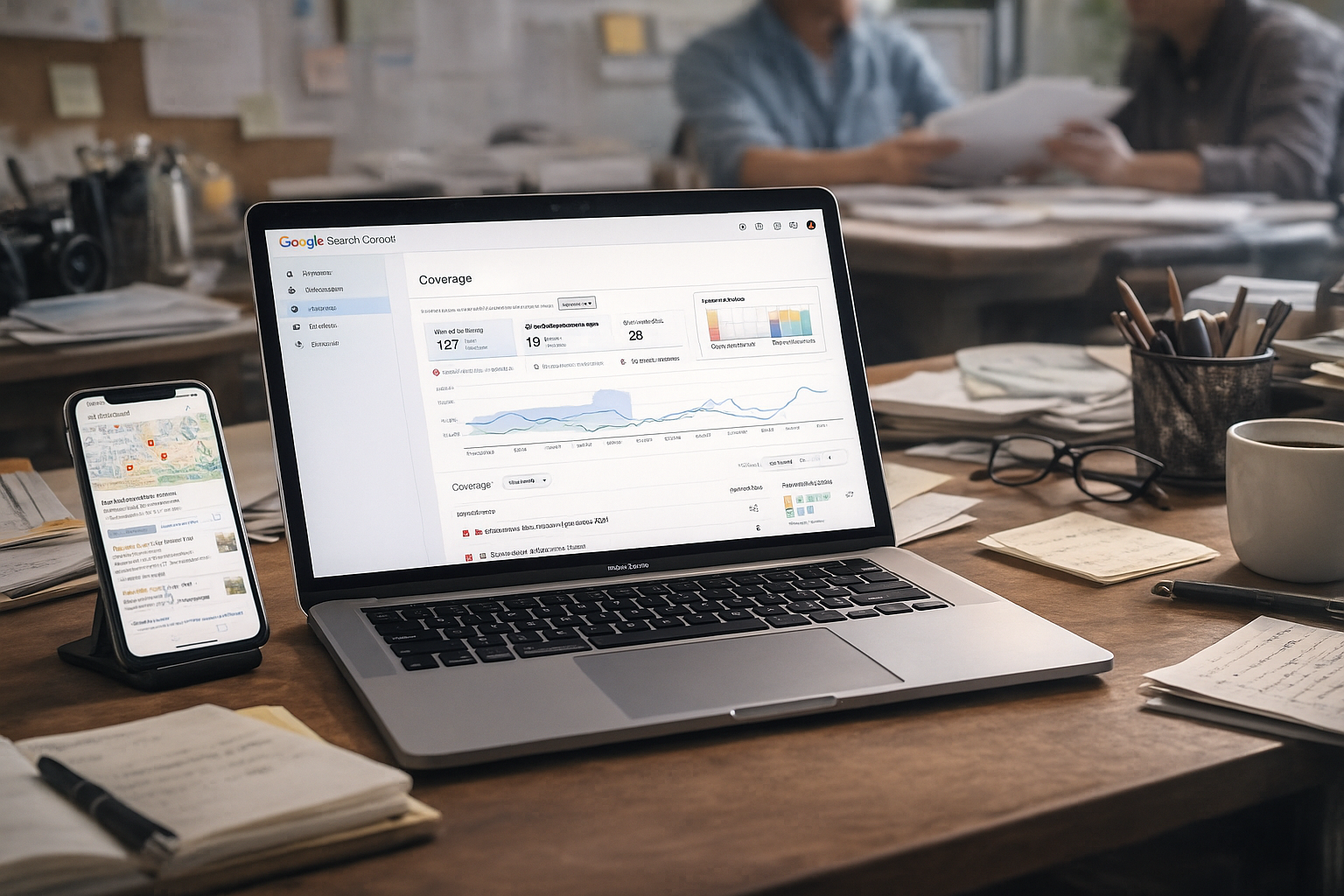Search vs Display campaigns—what should I choose
Choosing between Search campaigns and Display campaigns is a crucial step in any digital marketing strategy, especially for businesses aiming to maximize visibility, drive leads, and manage advertising budgets effectively. Understanding the mechanics, strengths, and best-use scenarios for each ad type empowers marketers to make targeted, data-driven decisions that align with specific business goals. This article explores the core distinctions, applications, and nuances that separate these two powerful advertising approaches—laying out everything needed to choose the right campaign type for different needs.
What Are Search Campaigns?
Search campaigns are text-based ads that appear directly on search engine results pages (SERPs) when users enter specific, intent-driven queries. These are typically “pull” advertisements, shown to people actively seeking information, products, or services related to a business’s offerings. The key features include:
- Text-based ad formats with headlines, display URLs, descriptions, and extensions.
- Keyword targeting, enabling hyper-relevant ad placements tied to actual user intent.
- High conversion rates, as users are often further along the buyer journey and ready to engage.
Search campaigns excel at capturing demand at the moment it arises, making them an ideal option for direct lead generation, immediate purchases, and highly targeted marketing efforts.
What Are Display Campaigns?
Display campaigns utilize visual ads, such as banners, images, or videos, which are shown across the vast Google Display Network—reaching users as they browse over two million websites, watch videos, or use apps. These are considered “push” ads, designed to generate interest, build awareness, and nurture potential leads throughout the digital ecosystem. Core characteristics include:
- Visually rich formats, from static banners to interactive video content.
- Advanced targeting by demographics, interests, online behaviors, and specific placements.
- Broad reach for building brand recognition and supporting long-term customer engagement.
Display campaigns are especially effective for attracting new prospects and remarketing to users who have already interacted with your brand’s website or content.
Core Differences: Pull vs Push Advertising
The heart of the Search vs Display debate lies in their roles as “pull” and “push” advertising.
- Search campaigns “pull” in-market customers by responding to explicit search intent. They meet users exactly where and when they need specific information, capturing high-quality leads further down the conversion funnel.
- Display campaigns “push” brand messages out to audiences, even if they are not actively searching for solutions. This approach creates and nurtures demand in broader market segments, initiating conversations earlier in a potential buyer’s journey.
Understanding when to harness “pull” vs “push” mechanisms is fundamental to campaign success and return on investment.
When to Use Search Campaigns
Leverage Search campaigns when the goal is to immediately engage users ready to act. Optimal scenarios include:
- Capturing qualified, high-intent traffic for lead generation or e-commerce.
- Promoting products or services with strong, specific search demand.
- Supplementing SEO efforts for new websites or competitive industries.
- Your audience is familiar with your type of service and likely to use search engines for discovery.
Search campaigns offer clear reporting, precise ROI measurement, and more predictable outcomes for performance marketers.
When to Use Display Campaigns
Display campaigns excel at raising awareness, nurturing interest, and re-engaging potential customers. These are best employed when:
- Building or refreshing brand recognition across new or broad audiences.
- Supporting product launches, seasonal promotions, or special offers.
- Retargeting visitors who previously interacted with your website but did not convert.
- Showcasing visually-driven content or multimedia assets.
Display campaigns work seamlessly alongside other marketing activities to fill the top of your marketing funnel and instill familiarity.
Targeting Options: Precision vs Reach
Search campaigns depend primarily on keywords to fine-tune who sees your ads, allowing laser-focused intent targeting. Advanced options include match types, negative keywords, and audience overlays for demographic and behavior filtering.
Display campaigns, on the other hand, offer an array of granular targeting options, such as:
- Demographic targeting (age, gender, location)
- Interest and affinity targeting (hobbies, preferences)
- Placement targeting (specific websites, YouTube channels)
- Remarketing to past site visitors or similar audiences
This flexibility allows brands to either cast a wide net or zero in on niche subsets.
Ad Formats and Creative Considerations
Search ads are strictly text-based and confined to character limits. Effective creative strategies involve compelling headlines, clear calls to action, and relevant keyword integration to match user queries.
Display ads shine with their visual storytelling capacity. Creative assets can include high-quality images, animations, video snippets, interactive banners, and dynamic remarketing elements tailored to user behavior. This enables brands to create more emotional and memorable touchpoints—but also requires more resources and creative expertise to stand out.
Budgeting and Cost Structures
Budgeting strategies differ between the two types:
- Search campaigns typically operate on a pay-per-click (PPC) model, with costs often ranging from $1–$5 per click, depending on industry competitiveness and keyword selection.
- Display campaigns more frequently use a cost-per-thousand impressions (CPM) model, with cost-per-clicks often lower (under $1 for many industries). This enables broader reach at a lower immediate cost, though conversions may be less frequent.
The choice hinges on desired outcomes: rapid, action-oriented leads (higher cost) vs. massive brand exposure (lower cost per view, but broader and earlier in the funnel).
Conversion Rates and Performance Analytics
Conversion rates tend to be higher for Search campaigns (typically 3.1–6%) versus Display (often around 0.5%). Users clicking Search ads are usually further along in the decision-making process and more likely to convert directly.
Display campaigns yield more impressions, clicks, and brand interactions, but these actions are earlier in the customer journey—meaning additional nurturance is required to drive conversions. Understanding attribution models and using sharp analytics is key to evaluating Display campaign ROI.
Integrating Search and Display: A Unified Approach
Effective digital marketing rarely means choosing only one campaign type. The smartest strategies blend both Search and Display campaigns to achieve holistic growth:
- Use Display campaigns to raise awareness and guide new users into the funnel.
- Employ Search campaigns when those same users express search intent, ensuring they see your ad when they’re ready to act.
- Implement retargeting through Display to nurture past site visitors and reduce lost opportunities.
Coordinating messaging, branding, and remarketing between these platforms produces powerful, multi-touchpoint journeys that boost both conversion rates and lifetime customer value.
How to Decide: Key Questions to Ask
Making the right choice depends on business goals, product types, timelines, and available resources. Ask:
- Is the goal immediate leads/sales, or long-term brand-building?
- Are users actively searching for your solution, or does demand need to be generated?
- What creative assets and budget are available?
- How important is precise measurement and short-term return on ad spend?
For many SMBs and growth-focused brands, starting with Search makes sense for fast, measurable results—while layering on Display as campaigns mature and budgets expand.
COntact us today
The debate between Search and Display campaigns is ultimately one of strategy—not a matter of “either/or,” but of “when and how much of each?” Understanding the strengths and tradeoffs of both platforms empowers marketers to craft full-funnel journeys, maximize returns, and build resilient brands that thrive online. Whether seeking instant leads or nurturing awareness for tomorrow’s customers, the right mix of Search and Display campaigns unlocks scalable, sustainable growth in digital advertising.












